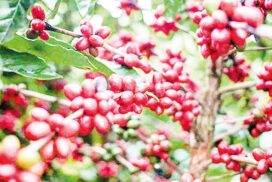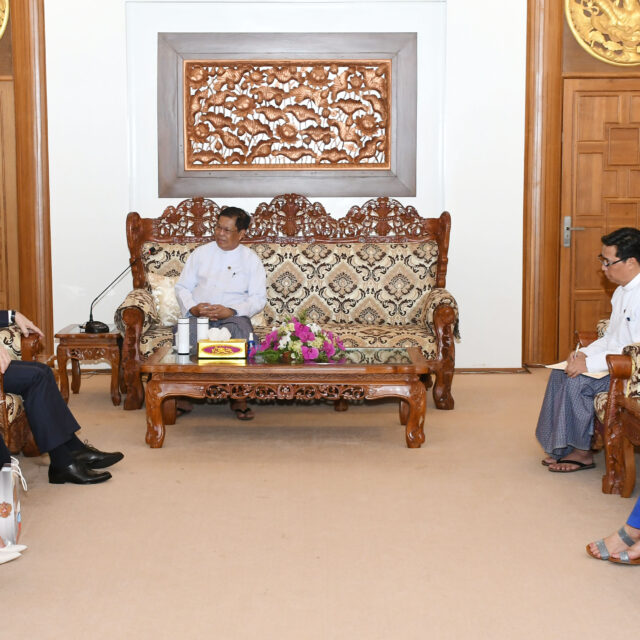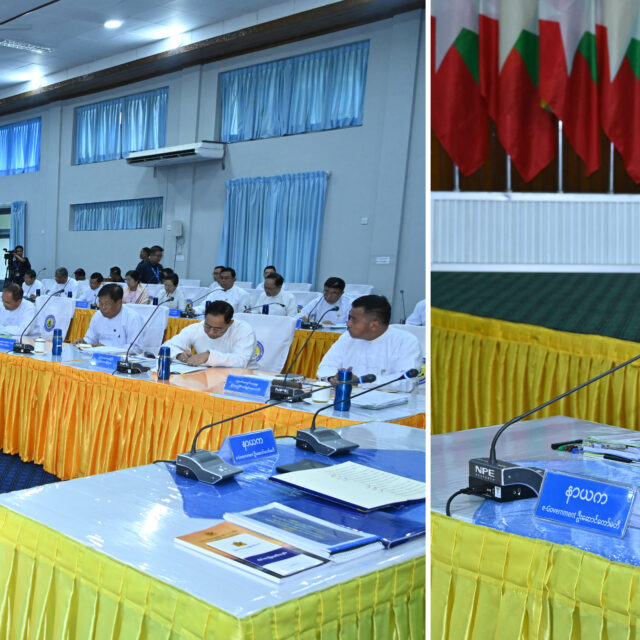By Win Myint Han (FNIG)
Despite having been designated as the largest exporter of rice in the world before the Second World War, Myanmar now has already lost that position to either Thailand, Vietnam or some other country. The largest turnover of rice exported abroad in the near past was about 3 million tons 2,3 years ago. Why has Myanmar, the rice bowl of South East Asia in the 1950s, become that weak and stagnated in rice production?
A variety of remote causes collectively contribute to that downturn, such as floods, drought and insufficient governmental assistance (inadequacy of agricultural loans disbursed to the peasants), etc. But at the very present moment, what is to be considered as the overwhelmingly crucial and key reason is the Absence of Incentive or Uncertainty over Expected Profitability.One would work very hard if one is sure and confident of earning an income adequate to feed one’s family even with barest necessities only.
Likewise, our Oo Kyees (farmers) need to be instilled with knowledge and Trust of earning a sizeable profit when selling their harvest regardless of how much the price ruling at the time of the sale is.
That is, the authorities have to set a selling price (for their harvest) that certainly carries a profit. How? It is universally accepted that a price of a commodity acceptable to all called the equilibrium price is occasioned by the law of Demand and Supply (i.e., when Demand equals Supply). This law needs to be ignored for the time being. The authorities must first find out the actual cost of the sale of rice by making use of cost accountants, statisticians, economists and other relevant experts. Every endeavour must be made to arrive at a genuine cost, as it is also instrumental in the success of the project. The cost could easily vary depending on the location of production. The sale cost in Shwebo could not be equal to that in Pathein, so on and so forth.
Thus once the cost of sale of rice is established, then the authorities must adopt a Selling Price which is made up of the Sale Cost plus a Profit Margin equal to 20, 25 per cent thereof. If our peasants are fully convinced and confident of earning a 20% or 25% profit over and above the cost of sale of their harvested rice, then they will no doubt concentrate on the production of more rice as much as possible. In this way, vacant lands would be gradually reduced. What I have suggested above is to transform rice production by our peasantry to become an almost cent per cent certain lucrative business. In order to implement this project successfully, the following resolutions must be implied with Without Fail and in their Entirety.
1. The peasants must sell all their produced rice less stock for their own consumption and seeds for the next season.
2. Only the governmental agency shall be entitled to buy the rice sold by the Oo Kyees.
3. Out of those stock purchased, a su fficient quantity must be sold back by the authorities concerned for local consumption at the Cost of Sale Price.
This scheme could be effectively implemented only if all the surplus rice after the sale for the local consumption could be exported irrespective of fluctuations of prices in foreign exchange. i.e. There must be continuous demand for rice in the foreign markets.
I am not sure whether a system like this one has ever been practised before. Anyhow there are some problems such as difficulties affecting local sales and integrity of farmers to keep enough stock for their consumption.
A temptation by some unscrupulous peasants to buy back from the government stock at the cost of sale price without first keeping sufficient stock for their own consumption could exist.
Since the peasants would try their very best to produce more and more rice only if they have no reservation about the scheme, the most senior official like a minister or (if possible) the State Administrative Council Chairman himself should announce this project.
The losses suffered by the State (Govt) would be offset by the earning of precious foreign exchange. If there remains some deficit even after the inflow of much foreign exchange, it could be treated as a subsidy by the State, as people could purchase their rice at a very cheap price, a win-win situation, even though the World Bank and World Trade Organization may not approve the subsidy.













